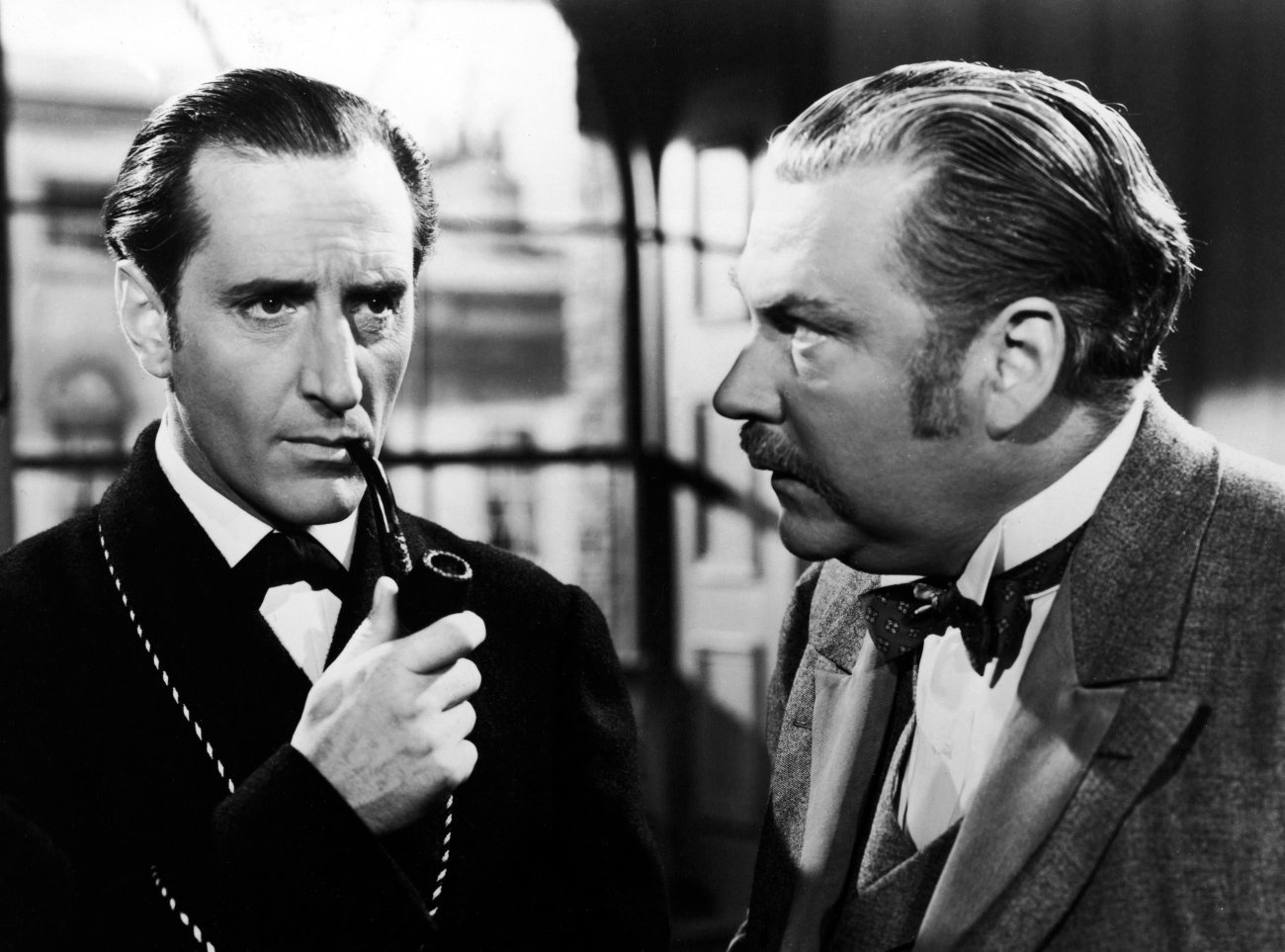Today has been a very important day in breaking ground with the theory side of my fiction adaptation unit. We have a guest teacher for this side of the project called Kath Abiker. Kath seems very knowledgeable when it comes to comparing the old and new iterations of books and films, and even knows a lot about art and music, which should be very useful for my theory studies. It will be well worth my time to pick her brain and find out every bit of information I can to ensure that my theory essay is as good as it could possibly be.
We began todays discussions by taking a look at the books we could study to improve our knowledge of what an adaptation is and what makes a successful adaptation. I made sure to take careful note of these books, so that I could either find them at a library, or see if I could possibly find an ebook version online. Some of the suggested books were:
- Schindler's Ark by Thomas Keanelly
- How to Read a Film by James Monaco
- Decoding Advertisements by J. Williamson
- The Cinema Book by Pam Cook
- Ways of Seeing by John Berger
I did quickly glance through a few of these books to see if I could find anything useful there and then, but unfortunately I did not have enough time to properly read them. It may be worth me finding these books and studying them extensively in the near future.
Our next discussion was about different iterations of adaptations. The one we looked at extensively was the many adaptations of Arthur Conan Doyles "Sherlock Holmes" stories. I actually didn't know there were so many versions of these stories, but after seeing the differences between all of them, I have a new-found appreciation of the work of each director that tried to make their particular adaptation as different as possible to the others and the original written version by Doyle.
A key discussion point was the differences and indeed the similarities between each version of Sherlock. For example, each version seemed to have the "crime" as the key point before introducing the Sherlock Holmes character. This was a big similarity. A difference however was how the characters were portrayed.
For example in the version where Holmes is portrayed by Basil Rathbone, Holmes is portrayed as a very serious character, with Watson as his bumbling "Side-Kick", whilst the iteration with Robert Downey Junior and Jude Law as Holmes and Watson respectively portrays Sherlock as a more comical character and Watson as the serious one.
It is interesting to note however that Downey Junior was selected to play Holmes. This could be down to "type-casting" with Downey often portraying comedy characters such as Tony Stark in the Ironman series.
Also, he could have been selected due to his previous association with drug use, something Holmes is suggested to be associated with also in a previous film when he says "Watson, the needle."
 |
| Basil Rathbone portraying Sherlock with Watson. |
 |
| Downey Jr. portraying Holmes with Jude Law as Watson. |
The final thing we discussed was how we would go about tackling each potential essay question. A lot of the things we discussed were things I already had an idea about, but we did discuss some ways of tackling them. For example:
- Find journals and online pieces that clearly define what a successful adaptation could be and start from there.
- Choose something to talk about that I truly enjoy so I won't get bored with writing about it.
- Argue with any statements the questions make in order to promote debate and discussion in the essay.
As a result of todays discussion, I am no longer worried about the theory side of this unit, and I am actually quite looking forward to finding an adaptation to write about. At the moment, I am debating whether or not to write my essay on the adaptation of "Bladerunner", as it is a story and film I have never read or watched before, mainly because I've never had an excuse to.
I have always wanted to watch it though as it comes highly suggested by many movie critics, and so I think this could possibly be what I use for this unit.

No comments:
Post a Comment